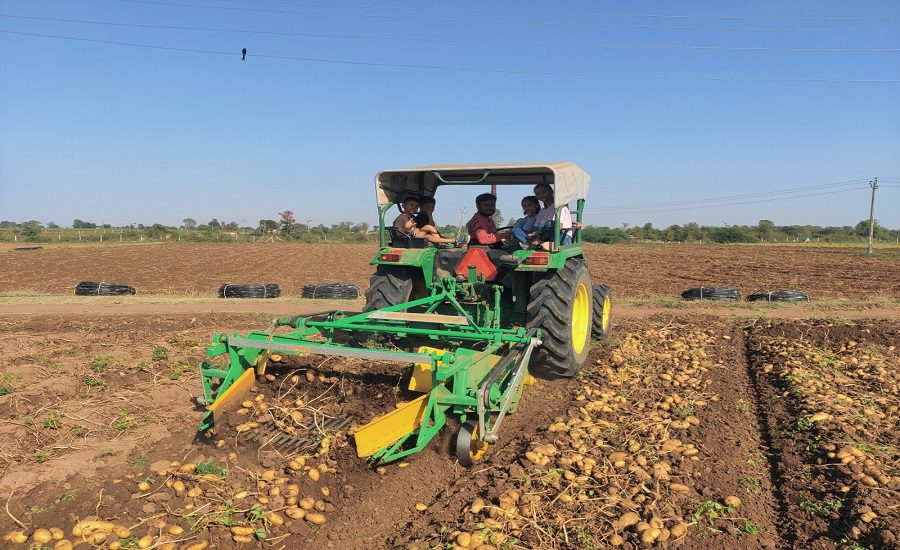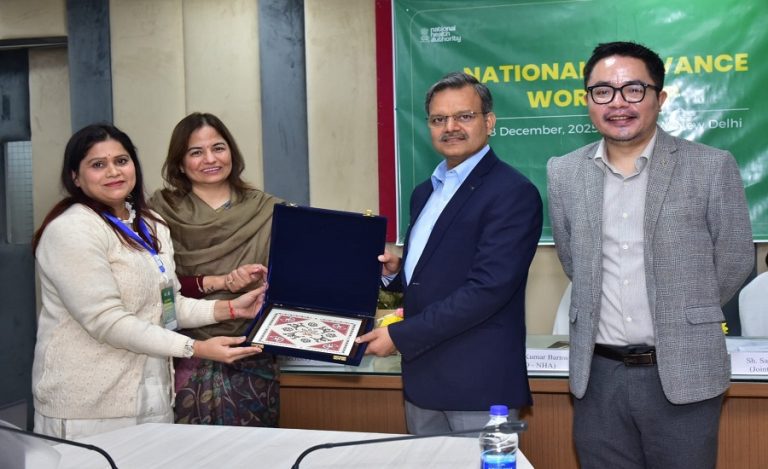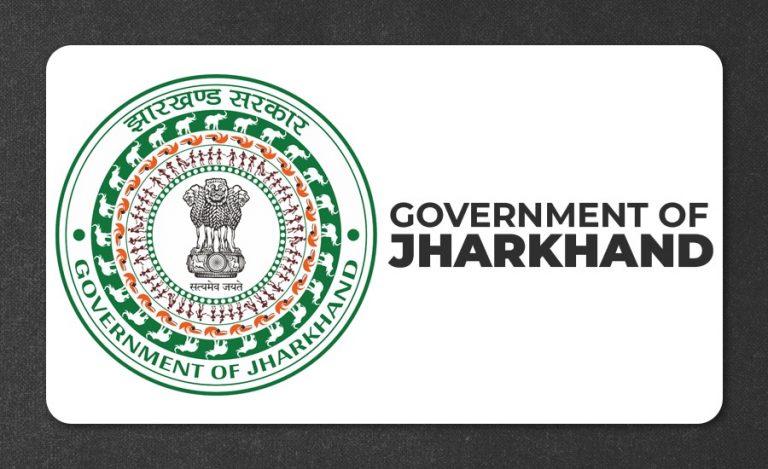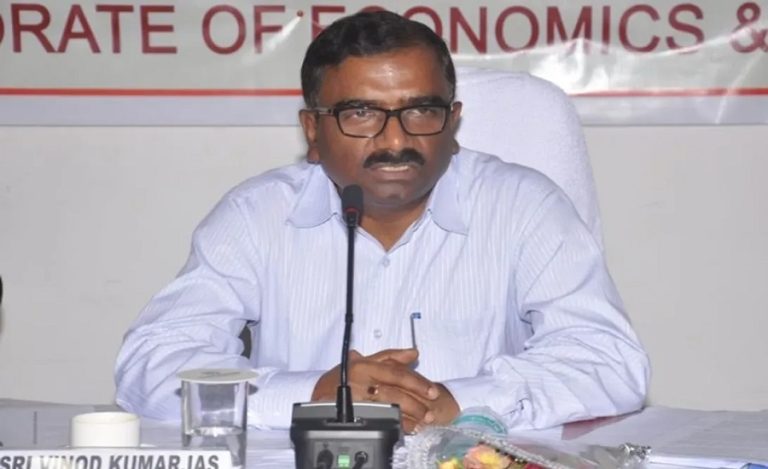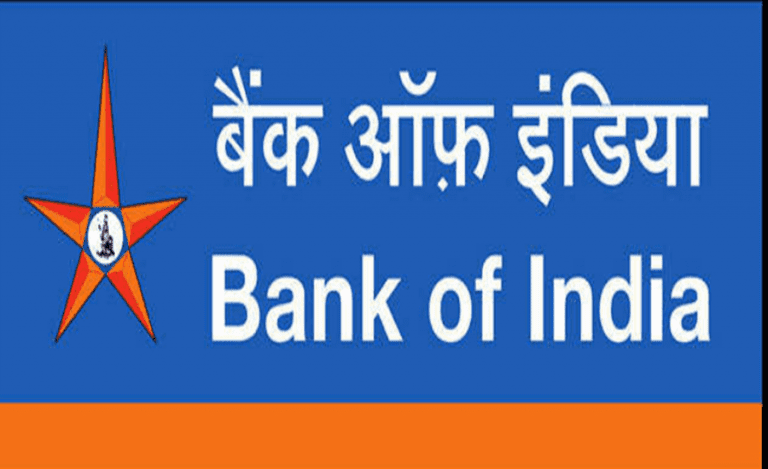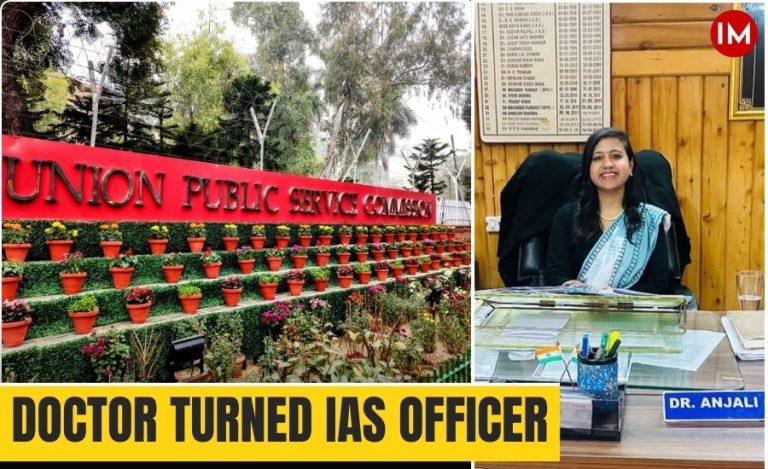Gandhinagar: Gujarat has firmly established itself as India’s leading hub for processed potato production, particularly for French fries and wafers, marking a major shift from the days when India imported French fries. The state’s focus on cultivating processing-grade potato varieties has not only met domestic demand but also opened up export opportunities for value-added food products.
In the year 2024–25, Gujarat produced 48.59 lakh tonnes of potatoes, with over 25% dedicated to processing – a sector growing rapidly in both scale and profitability. The processed potatoes are used to make French fries, chips, frozen food products, and more.
Decades of Growth in Value-Added Potato Farming
In 2004–05, India produced less than 1 lakh tonnes of processed-grade potatoes from around 4,000 hectares. By 2024–25, production had increased over tenfold to 11.50 lakh tonnes, cultivated over nearly 37,000 hectares – a ninefold rise in area. Gujarat now leads this transformation, surpassing states like Uttar Pradesh and Punjab.
This leap in output is credited to:
- Government support for value-added agriculture
- Adoption of high-quality varieties like Lady Rosetta, Kufri Chipsona, and Santana
- Increased investment in cold storage infrastructure
Rising demand from quick-service restaurants (QSRs), frozen food processors, and export markets including the Middle East
District-Wise Production Highlights
Banaskantha – The Powerhouse of Potato Production
Banaskantha has emerged as the top producer in Gujarat for the third consecutive year:
- 2024–25: 18.70 lakh tonnes from 61,016 hectares
- Productivity: 30.65 tonnes per hectare
- Up from 15.62 lakh tonnes in 2023–24 and 15.79 lakh tonnes in 2022–23
- Sabarkantha and Aravalli – Rising Contributors
- Sabarkantha: 12.97 lakh tonnes from 37,999 hectares, with a high productivity of 34.13 tonnes/hectare
- Aravalli: 6.99 lakh tonnes from 20,515 hectares, productivity at 34.05 tonnes/hectare
Despite starting potato cultivation more recently, Aravalli has quickly become a key contributor due to its ideal agro-climatic conditions and infrastructure support.
Infrastructure and Export Advantage
The northern belt of Gujarat—especially Banaskantha, Sabarkantha, and Aravalli—is equipped with advanced cold storage facilities, ensuring the safe preservation and year-round availability of processed-grade potatoes. These districts have become preferred sourcing regions for major frozen food companies and QSR brands.
Additionally, the high dry matter and low sugar content of the varieties grown here make them ideal for crispy and golden French fries, meeting international processing standards.
Read Also: Japan Eyes Big Semiconductor Bets in Gujarat’s Dholera SIR: Ambassador Ono Meets CM Bhupendra Patel
Value Addition Under Government Vision
Under the visionary leadership of Prime Minister Narendra Modi, there has been a national push toward value-added agriculture to increase farmers’ income. Chief MinisterBhupendra Patel has further reinforced this vision in Gujarat, promoting farmer-centric policies and expanding the reach of processing-grade crop cultivation.
Through the coordinated efforts of the Agriculture Department, Gujarat Agro Industries Corporation, and local farmers, the state has shown how agriculture and industry can align to create scalable, export-ready agricultural value chains.

